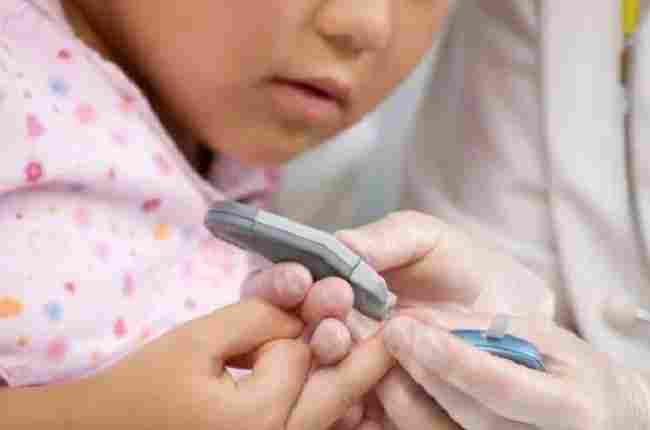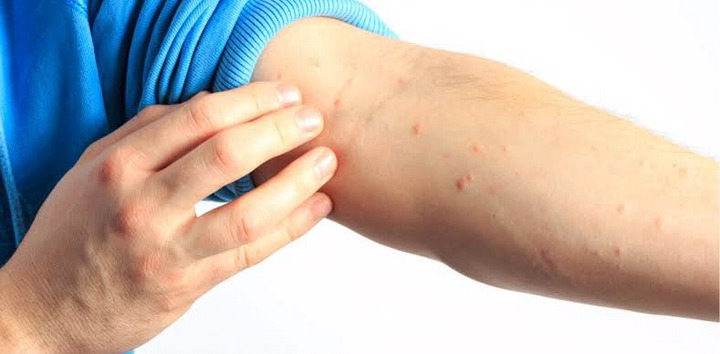
Some people believe that diabetes only affects adults. This is not the case because, in recent times, the increasing number of children with obesity has led to more cases of type 2 diabetes in younger people.
Type 2 diabetes in children is a chronic disease that affects the way your child’s body processes sugar (glucose) for fuel. Without treatment, the disorder causes sugar to build up in the bloodstream, which can lead to serious long-term consequences.
The symptoms or signs of diabetes are most difficult to identify in young children due to the slow progression of the condition in them. Symptoms are not likely to be seen in some children. The following are some symptoms of type 2 diabetes in young children, as outlined by Kimberly Holland on Healthline.com.
1. Fatigue
One of the symptoms of a child with type 2 diabetes is that he or she may get tired easily as a result of fluctuations in blood sugar levels. If you notice your child is sleeping more often, you should take him or her to the doctor.
2. Urinates regularly
Urine helps in the removal of toxins from the body. Although, when blood sugar levels are too high, glucose and water are excreted in the urine. If you find your child(ren) more frequently, it’s likely they have diabetes.
3. Excessive consumption of water
Water is essential for everyone, especially children who are just growing. Children should stay hydrated by drinking a lot of water while they play and work.
However, if you notice your child is drinking plenty of water every time, it could be a symptom of diabetes.
4. Regular Overeating
The body of a person with diabetes is unable to utilize food as a source of energy.
There is not enough insulin in the blood of children with diabetes to keep them going throughout the day. More reason why they must constantly consume food to stay alive.
5. Slow-healing sores
Sores or infections that are resistant to healing or slow to resolve may be a symptom of type 2 diabetes.
6. Darkened skin
Insulin resistance can cause the skin to darken, most commonly in the armpits and neck. If your child has type 2 diabetes, you may notice areas of darkened skin.











Leave a Comment